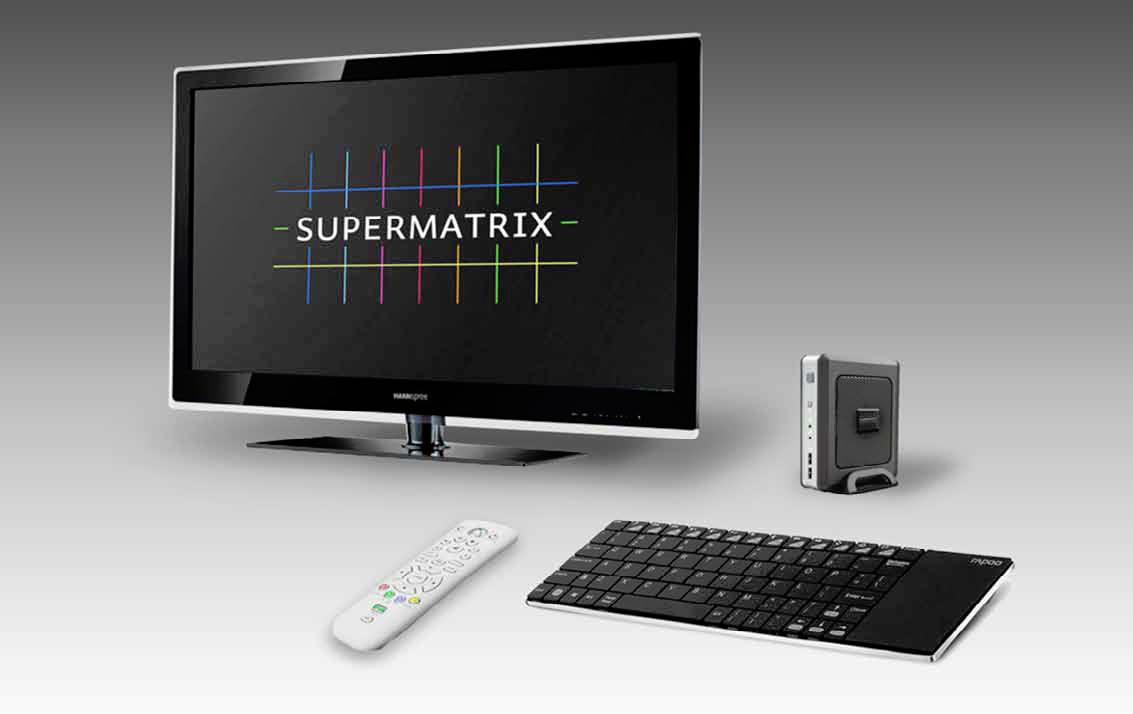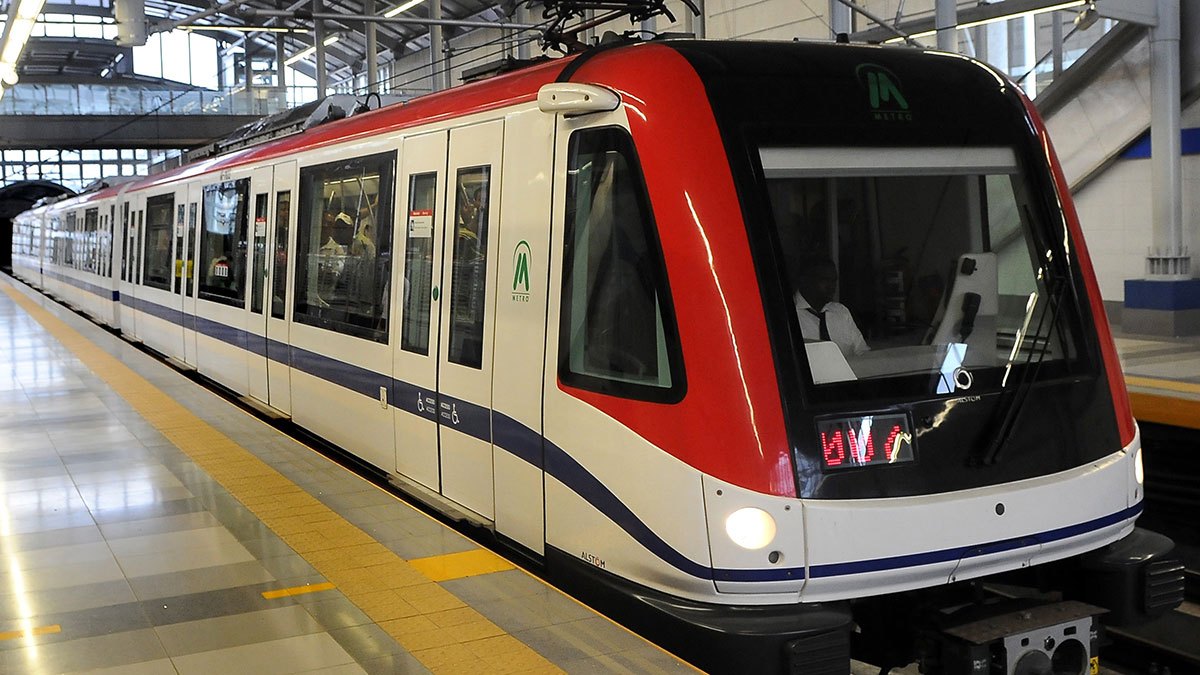
The Finnish telecommunications organisation Finnet is piloting a new concept in home computing that could revolutionise the way we operate. Jarmo Matilainen, MD of Finnet Association talks about delivering a complete cloud-based solution to the home user.
Finland is in many ways unique. It is, for example, the European Union’s most sparsely populated country with just 5.4 million inhabitants in an area larger than the UK, which by contrast is home to over 62 million people. It also has a challenging climate and terrain. Frozen for part of the year, the countryside is largely low lying and rocky, and characterised by dense forests and a multitude of lakes formed in the last ice age.
It’s not an easy terrain in which to create a cable-based telecommunications system. In spite of the significant challenges involved, the Finnish telecoms organisation Finnet is about to launch a new and market leading service for householders in Finland called Supermatrix. “This is the biggest step we have taken since we began replacing our old copper network with fibre in 2000,” said Jarmo Matilainen, managing director of Finnet Association.
Finnet is a group of 27 regional companies providing telecoms services for over 40 percent of the country and employing some 2500 staff. While the regional companies directly sell, supply and manage the services, Finnet Association provides the member companies with a wide range of support services, including strategy and project development, marketing, government lobbying and negotiating volume procurement for the entire group.
Supermatrix is a visionary project that has been four years in preparation. Developed in partnership with some of the biggest names in the world of ICT—IBM, HP, Cisco, Juniper, Intel and Microsoft—it may well herald the shape of home computing and communications for years to come. The vision is that householders will be able to replace expensive PCs and laptops with what is known as a thin client: a box that connects via fast fibre capable to a remote data centre where all the computing operations and data storage take place.
It is essentially a cloud-based computing model similar to the one that is expanding rapidly among small and medium sized companies. Supermatrix, however, will be extending the model to householders. As individuals we are already using cloud-based computing without being aware of it. We are storing emails, music, photos and books online through the likes of Google, Facebook, Flickr, Spotify, Amazon and so on. This simply takes the concept to its ultimate and individually personalised conclusion.
“We are piloting Supermatrix in three of our member companies, with a total of 300 customers,” Matilainen said. “And they are currently helping us to define and improve the service.” Finnet then plans to launch the service through all 27 regional companies in spring 2013, and hopes to have around 10,000 users by the end of the year. The benefits of the system are compelling. Finnet will supply a thin client box, mice and keyboards to participating homes enabling them to run up to four PC-equivalent outlets per household.
“Our thinking is that this will not completely replace PCs, laptops and Macs. They will always have their place for certain applications,” Matilainen continued. “But Supermatrix will be ideal for the majority of customers who need simple office applications, want access to the web for YouTube and downloads, or want to archive documents and images.”
Initially, the service will come with applications such as photo manipulation and drawing, and a basic office package from Libreoffice that includes word processing, spreadsheet and presentation tools. “The reason we believe this will be successful is that people are moving away from old Windows-based PCs. Some are migrating to tablets, smart phones and laptops, but many don’t want the expense of purchasing such equipment. We are pricing this service at €15 per month, and this includes everything except the screen,” Matilainen explained. Home owners can then connect the Supermatrix box to existing screens or to their TV screens by HDMI. “What this gives you is the equivalent of 4 PCs in your home with all the software and processing power you need for just €15 a month.”
The Supermatrix service has only become possible because the Finnet group of companies has been making a continuous long-term investment in infrastructure, under the strategic management of Finnet Association. In 2000, the 27 regional companies began replacing the existing copper telecoms cables with the latest fibre optic cable. Initially, this began in areas of higher population density, but the aim is to connect every household in the Finnet marketplace to the fibre network. Since 2007 over €250 million has been spent on installing fibre, and by the time the project is completed in 2020 the final bill is expected to have risen to €400 million. The greatest challenge now is extending coverage to individual homes located in remote outlying areas. “The terrain is our greatest challenge,” Matilainen said. “Finland has a lot of rocks and a lot of lakes. The cable has to be laid over very large distances, and this requires a high level of investment.”
Alongside this long-term investment in fibre network coverage, Finnet has also been constructing a series of data centres strategically located in different areas of Finland. “We currently have 12 data centres and another under construction at Kajaani, a remote location in central Finland.” This newest data centre is being constructed in partnership with IBM and an old paper mill has been chosen for its location. With plenty of space, a good power supply and water for cooling, it has excellent connections through the fibre network, and should go into operation next year. “Almost all our data centres will ultimately be able to offer the Supermatrix service,” he continued. “However when we launch the service next year we will begin by operating it from just one.”
So far, around €3 million has been invested in the Supermatrix project. Much of the purchasing and strategic management has been done through Finnet Association, while each of the 27 regional companies has contributed towards the costs, spreading the financial burden throughout the group and making it more manageable. “We also expect to invest up to €30 million in data centres which will be used for private and public sector customer IT services, and for the telecommunications and cable TV businesses.
Looking to the future, if Supermatrix proves to be the success Finnet hopes, Matilainen believes there may be opportunities to take the concept beyond Finland. Sweden and Norway, for example, have good fibre networks. There is no doubt that many telecoms companies will be watching the outcome of this project very closely.
Written by Gay Sutton, research by David Brogan



 Finnet-Europe.Telecoms-Jan13-Bro-s.pdf
Finnet-Europe.Telecoms-Jan13-Bro-s.pdf









